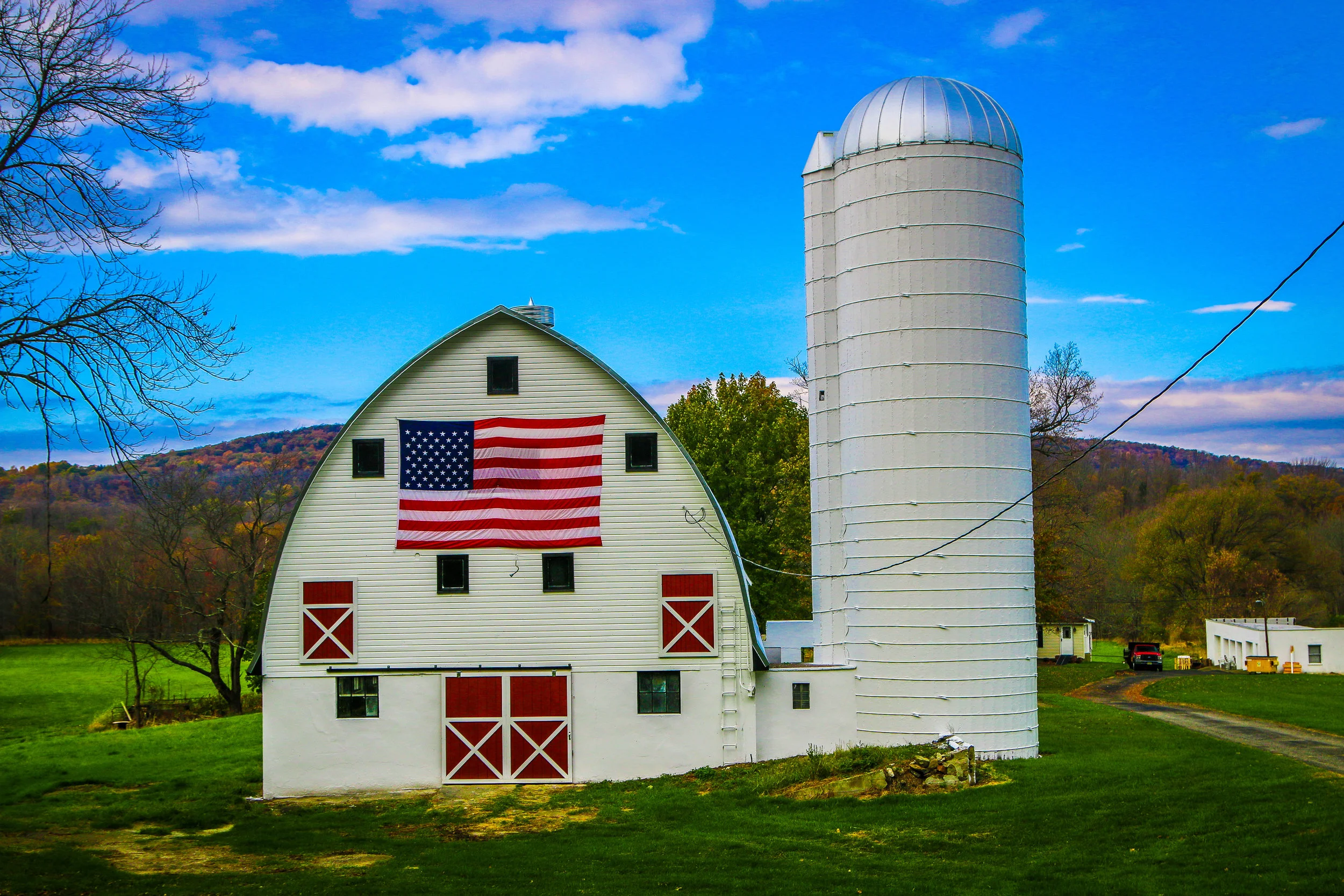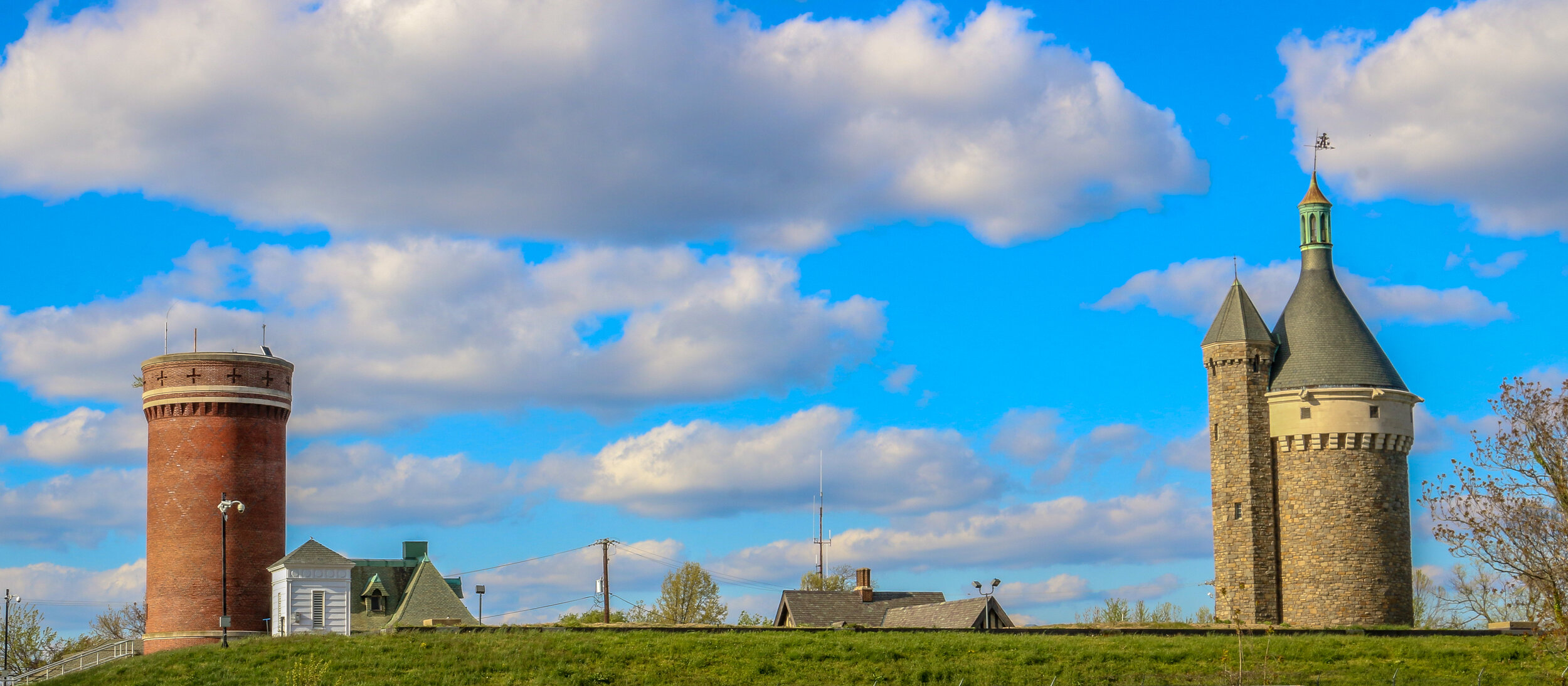A few weeks ago I had the wonderful opportunity to go and spend a week with my brother in southern New Hampshire. We went out to explore some of the most beautiful parts of the area by car, by boat and on foot. The fall colors were just starting to kick into high gear, and some of the scenes we saw were truly spectacular. We saw covered bridges over the Ashuelot River, beautiful rural countryside and charming small towns like Hancock and Harrisville. I took a lot of photos, and this is the second post I’ve published with them to allow you to see the area through my lens. I hope you enjoy these photos from fabulous southern New Hampshire.
Viewing entries tagged
churches
Tenleytown grew up around the intersection of what are now River Road and Wisconsin Avenue, two roads which long predate both the city of Washington D.C. and the United States. River Road, in fact, predates European settlement to the area altogether, serving as a Native American trail to the Potomac River. In the early days of European settlement, the roads were used to transport goods from surrounding farms to Georgetown, then a major port city on the river. It is not surprising, then, that John Tennally, from whom the neighborhood takes its name, would build a tavern and blacksmith shop at the intersection of these historic roads. A small community soon grew up around the tavern and was known as Tennally’s Town. During the Civil War, Fort Pennsylvania was built nearby to protect the Capital City and was later renamed Fort Reno. After the war, a small African-American community known as Reno City was built in the area. When a streetcar came through at the end of the 19th century which connected Tenleytown to Downtown Washington, the neighborhood began to grow and flourish. Woodrow Wilson High School, Alice Deal Middle School and a water revoir and water tower were built, sadly displacing many of the residents of Reno City in the process. A proposed hospital on the site was never built. As the neighborhood developed, two major retailers, Sears and Roebuck and Hechinger’s Hardware Store, opened for business in Tenleytown and a Metro station further connected the neighborhood to the rest of the city. Today, Tenleytown is embracing its history as one of the oldest neighborhoods in what is now Washington D.C. with a wonderful historic walking tour and several historic plaques around town.
Columbus charmed me from the minute I arrived. It is a lovely, small city of about 25,000 located in eastern Mississippi on the Tombigbee River. Columbus, called The Friendly City, is the county seat of Lowndes County, and boasts one of the most beautiful county courthouses in the state. It forms one point of the “Golden Triangle” with nearby Starkville and West Point. Founded in 1819, Columbus has some wonderful historic homes, churches and businesses, and won the Great American Main Street Award in 2010. The town briefly served as the Mississippi State Capitol in 1863 when Union forces occupied Jackson. Nearby Columbus Air Force Base is the main driver of the city’s economy, but Columbus is also home to the Mississippi University for Women (called “The W” locally). Playwright Tennessee Williams was born in Columbus, and his birthplace now serves as both a hometown tribute to Williams, and the town’s Welcome Center. Catfish Alley, the city’s old African-American Business District was once a thriving community in which some of Mississippi’s great blues musicians played. Bukka White even wrote a song about the area in 1969 called Columbus Mississippi Blues.. Friendship Cemetery is one of several places in the country which claims the origin of our Memorial Day and has some beautiful and moving monuments and memorials.
Today, you’ll find a quiet and friendly city with some wonderful restaurants, beautiful antebellum homes and a classically Southern, Mississippian and American downtown. Highlights for me were definitely the Stephen D. Lee Home, the Tennessee Williams Birthplace, the cemetery, a stand-alone barber’s pole and just wandering the historic district and seeing the beautiful homes to be found there. I found Columbus to be welcoming and beautiful and really enjoyed my visit. My camera was also very busy during my stay, and I hope you enjoy these photos from my time in The Friendly City of the Black Prairies.
West Point, Mississippi is a pleasant, medium sized town in Clay County in the east-central part of the state. Perhaps best known as the hometown of legendary bluesman Chester “Howlin’ Wolf” Burnett, I found it to be a wonderful place to spend an afternoon. There are some beautiful old buildings, some delightful parks and some wonderful murals and artwork, all packed into a compact and walkable downtown area. Originally home to Choctaw and Chickasaw Indians, the French, Spanish and British also vied for control of the region. The town itself was originally laid out as a railroad town when the Mobile and Ohio Line came through in 1858. It would grow as part of the state’s Black Belt as cotton production became Alabama’s main industry. While I couldn’t find the origin of the name West Point (interesting to me because it’s in the east of the state), Clay County was named for the Great Compromiser, Kentucky’s Henry Clay. Because of the railroad, West Point was a strategic target during the Civil War, although the only real skirmish was a small one and occurred in 1864. November 2nd, 1909 was an exciting day in town when President William Howard Taft’s train pulled into the station and he addressed the townspeople from his rail car before heading on to Columbus.
When I visited West Point, I sadly found the Howlin’ Wolf Museum closed. While I waited for a call back from the man who runs it, I grabbed my camera and went for a wander. While I was there, the clouds cleared and I found a wonderful, clean, well-kept downtown with a distinctly small-town feel to it. I loved the City Hall building, City Park, the town’s stoic churches, the old Ritz Theater, some beautiful art projects scattered around town and some really cute small businesses on Main and Commerce Streets. While I never did get into the museum (they’re building a new one in a vacant storefront on Commerce Street), I’m still glad I stopped. There wasn’t much going on when I was there, and I was okay with that. A beautiful town on a sunny day is always something to write home about. Thanks for a wonderful visit, West Point; I hope to be back when the new museum is open for business.
Selma, Alabama is a stunning city. Rarely have I driven into a place on this whole journey where I have been more eager to jump out of my van and start taking photos. The downtown area is packed with historic buildings reminiscent of days gone by. The neighborhoods are full of old Victorian-era mansions that hark back to better days in the Queen City of the Black Belt. As in most of the Black Belt of Alabama, cotton was king during the antebellum period and Selma’s position right on the Alabama River made it a prime place for a thriving city. During the war, Selma was a major shipbuilding center and manufacturing town for the confederacy. The post-war years were difficult on Selma and race relations were strained way past the point of breaking as lynchings and intimidation were common occurrences. Selma became notorious during the Civil Rights Movement, especially on the topic of voting rights, and was the jumping off point for the Selma to Montgomery March. Driving or walking around Selma today, it is apparent that the city has seen better days. Buildings are crumbling and many of the old homes are boarded up and falling apart, but it doesn’t take a lot of imagination to picture what it once was. As in so many parts of the country, the economy in Selma is struggling and there aren’t enough jobs or money to go around. I hope for the best for the future of this beautiful city. You should definitely go for a visit, spend some time in the wonderful Selma to Montgomery National Historic Trail visitor center run by the National Park Service, walk across the Edmund Petus Bridge and then just go for a ramble and see what you can find. While at first glance you may think that “Queen City” is a bit grandiose, but the deeper you look the more appropriate you’ll find it. I hope you enjoy these photos from The Queen City of the Black Belt.
Founded in 1849 on the Ohio river and due to the area's rich iron-ore content, Ironton grew to be one of the largest iron producing regions in the world. The iron industry continued to grow through the latter half of the 19th century, and Ironton prospered. As the area's iron played out and the nations demands transitioned towards steel, Ironton's prominence diminished. The decline of the iron industry, coupled with two devastating floods nearly wiped out Ironton. Today it is a shadow of its former self, but still has some fascinating buildings that hark back to an earlier time. Driving through on a beautiful afternoon, I had to stop and take some photos. It was a really cool city to visit and I don't have to use too much imagination to picture it during its heyday. Enjoy!







